Microgreens - small plants with a big impact
Microgreens are edible young vegetables that are harvested shortly after the “cotyledon” phase. Cotyledon is a phase in the early embryological development of a plant in which the first leaves develop in the seed germ. A short time later, the germ opens and the first leaves emerge from the soil. The precursor to microgreens are sprouts.
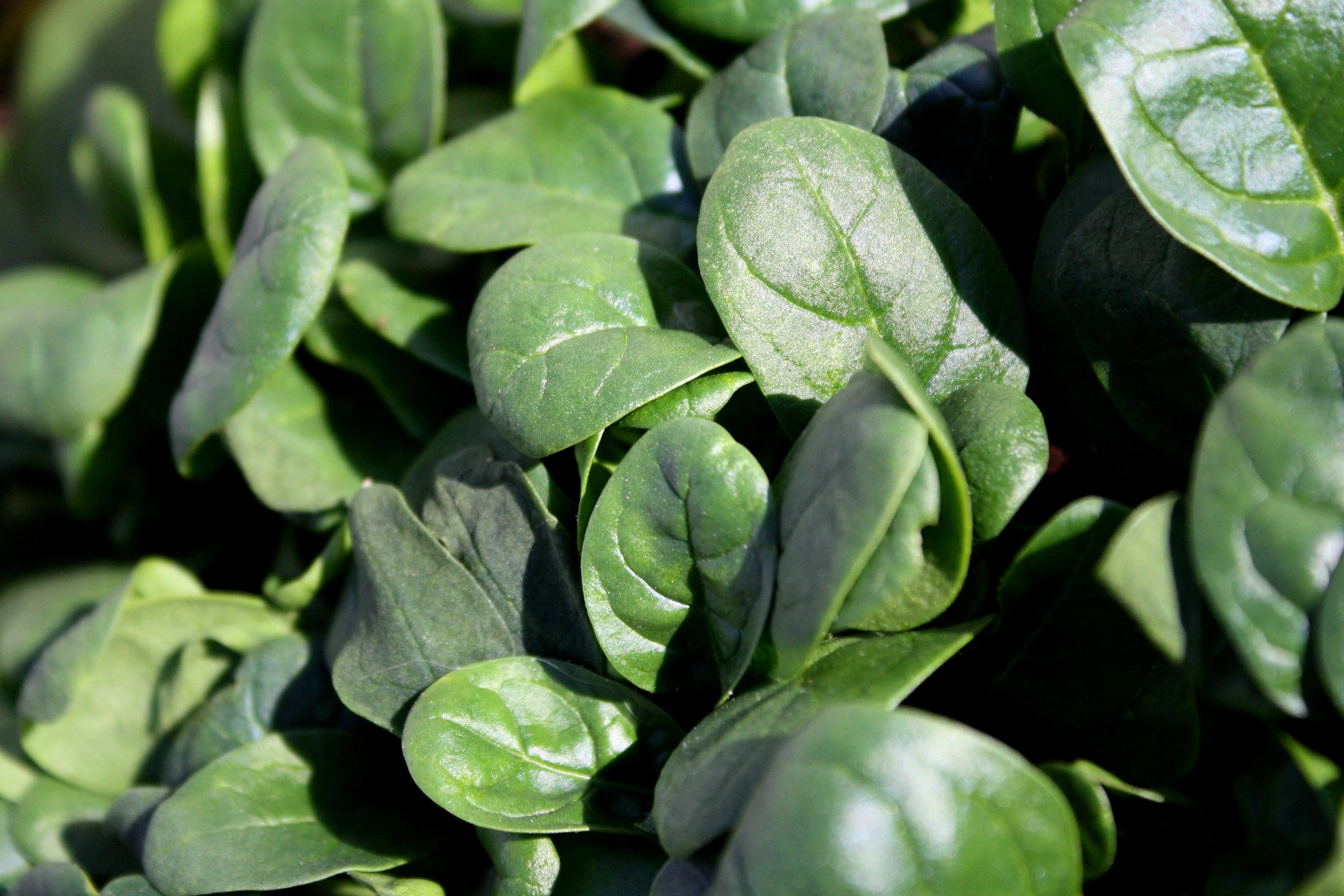 This is the time when you can harvest the young green leaves. It is full of high-quality nutrients and contains more proteins than older plants. In short - microgreens are a true superfood. However, a distinction should be made between microgreens and sprouts. Sprouts grow without daylight and without soil, but microgreens require soil as a growing medium and always sunlight. Furthermore, microgreens contain far more chlorophyll than sprouts because they have already formed leaves.
This is the time when you can harvest the young green leaves. It is full of high-quality nutrients and contains more proteins than older plants. In short - microgreens are a true superfood. However, a distinction should be made between microgreens and sprouts. Sprouts grow without daylight and without soil, but microgreens require soil as a growing medium and always sunlight. Furthermore, microgreens contain far more chlorophyll than sprouts because they have already formed leaves.
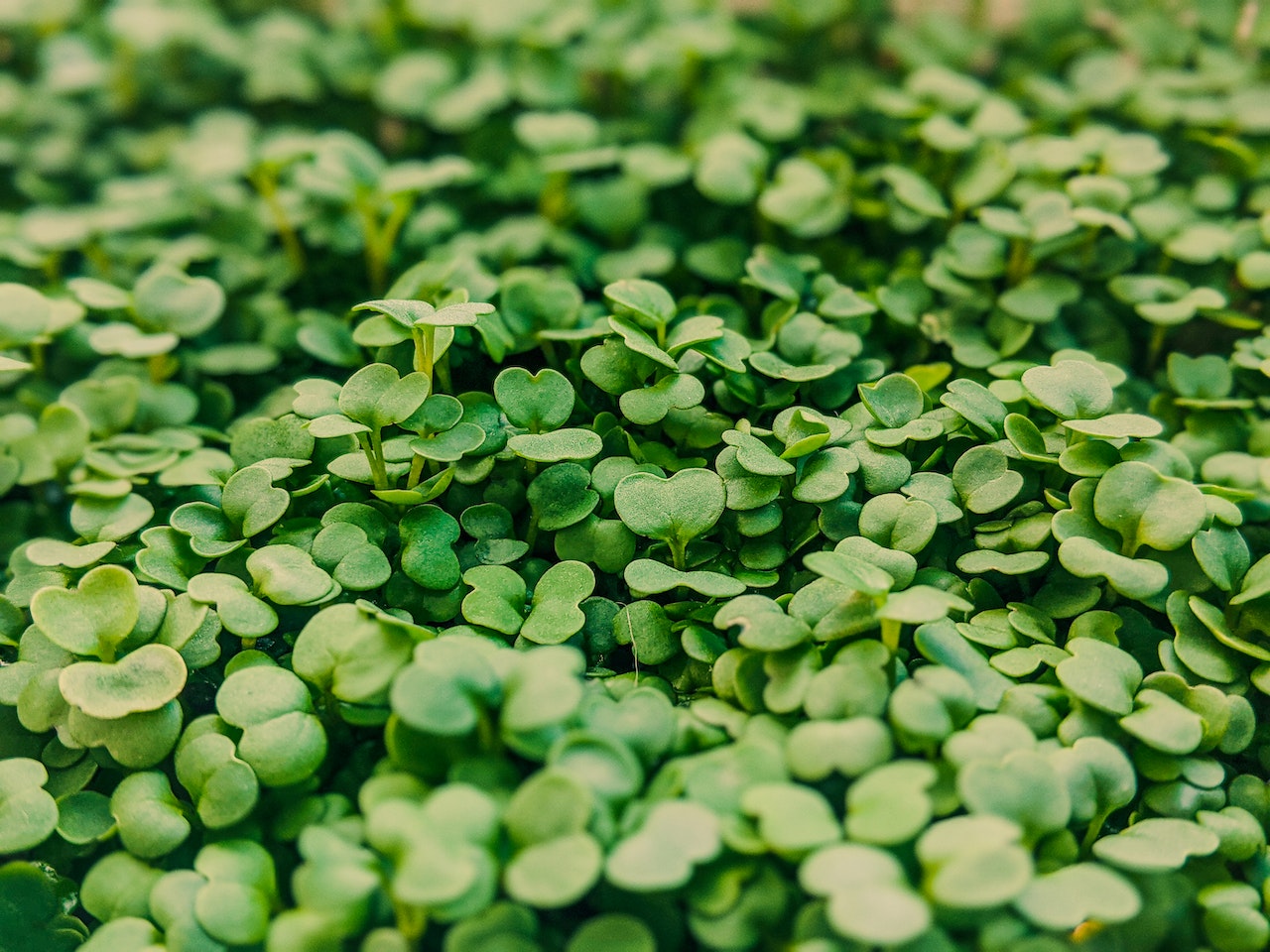 Microgreens have originally been cultivated and grown in Southern California since the 1990s. The career continued to East America via San Francisco, so the little plants have come a long way and are now an integral part of modern cuisine and conscious nutrition. In the beginning, arugula, beetroot, cress, basil and cilantro were grown in America. Today there are hardly any limits to microgreens, but seeds from the nightshade family, such as tomatoes or potatoes, should not be used because their young leafy greens contain toxins.
Microgreens have originally been cultivated and grown in Southern California since the 1990s. The career continued to East America via San Francisco, so the little plants have come a long way and are now an integral part of modern cuisine and conscious nutrition. In the beginning, arugula, beetroot, cress, basil and cilantro were grown in America. Today there are hardly any limits to microgreens, but seeds from the nightshade family, such as tomatoes or potatoes, should not be used because their young leafy greens contain toxins.
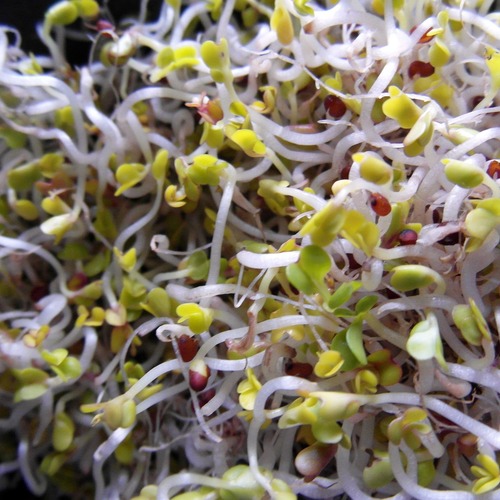 The favorites among the microgreens can vary depending on taste, one leaf green is a little spicier, the other tastes mildly sour, but they all have one thing in common - they are packed with vitamins, trace elements and proteins right down to the tips of the leaves. Commonly grown microgreens include red cabbage, coriander, amaranth, radish, beetroot or cress. So how can aquaponics / hydroponics be combined with microgreens?
The favorites among the microgreens can vary depending on taste, one leaf green is a little spicier, the other tastes mildly sour, but they all have one thing in common - they are packed with vitamins, trace elements and proteins right down to the tips of the leaves. Commonly grown microgreens include red cabbage, coriander, amaranth, radish, beetroot or cress. So how can aquaponics / hydroponics be combined with microgreens?
Aquaponics is excellent for growing microgreens. Optimal conditions can be created in greenhouses that enable weekly harvesting. Microgreens can cope with regular daylight, so it is possible to use fish that can withstand medium and high temperatures if the fish are kept in the greenhouse with the plants. 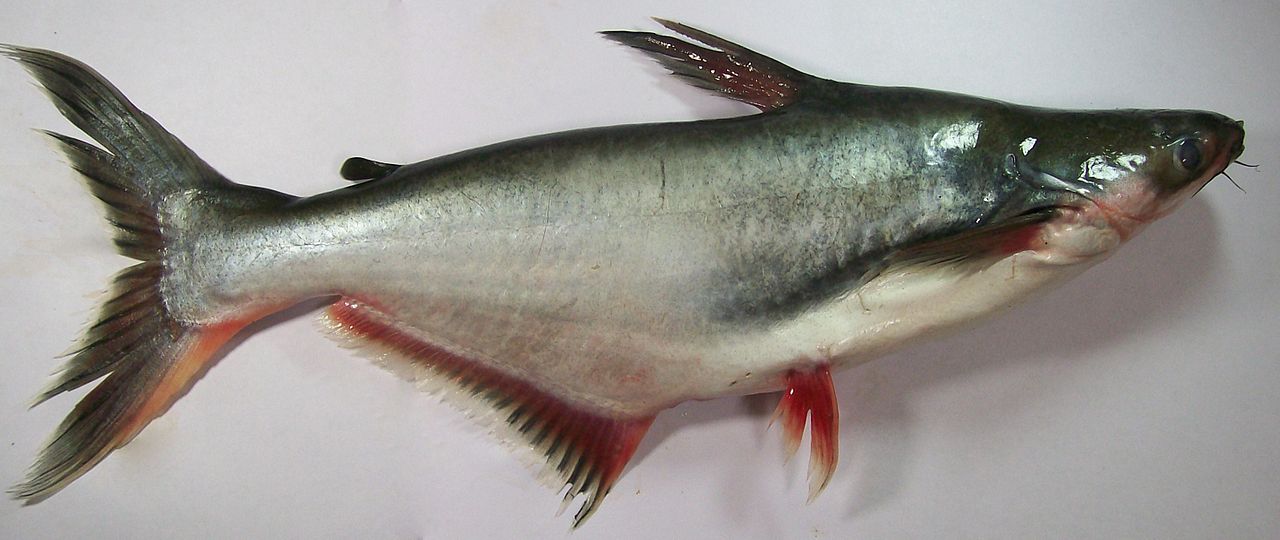 If the fish farm is housed in a separate and cool building, the types of fish can be adapted to the conditions. You can find a selection of fish species for aquaponics here . In addition to choosing the right fish, it also depends on what characteristics the greenhouse should have.
If the fish farm is housed in a separate and cool building, the types of fish can be adapted to the conditions. You can find a selection of fish species for aquaponics here . In addition to choosing the right fish, it also depends on what characteristics the greenhouse should have.
There are a multitude of possibilities, the limits of which are only set by the imagination. Since the water used comes from the closed cycle of aquaponics/hydroponics, it is free of pesticides and fertilizers and the system can be operated all year round, resulting in a regulated yield of microgreens and fish.
KAT ID: 29
Facts about Amaranth
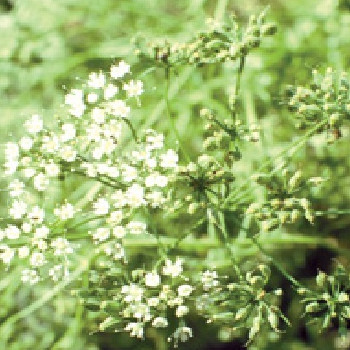
Cultivation
- Coconut soil
- Peat-free potting soil
- Hemp mats
- spray surface with water sprayer in the morning and evening
Nutritional values per 100g
Steps of cultivation
- Prepare growth medium and generously moisten the surface
- Distribute seeds evenly and avoid partial clusters
- Cover with any cover and weigh down lightly (e.g. a baking stone), store in a dark place
- Germination occurs in 2 - 3 days
- Remove cover and transfer to aquaponics system
- After 10 to 15 days, the ripe microgreens can be harvested
Picture: https://www.flickr.com/photos/usdagov/50535791742/in/photostream/
Context:
- Details
- Parent Category: Biology
- Category: Microgreens (en)
-
Also available:

Facts about Anise
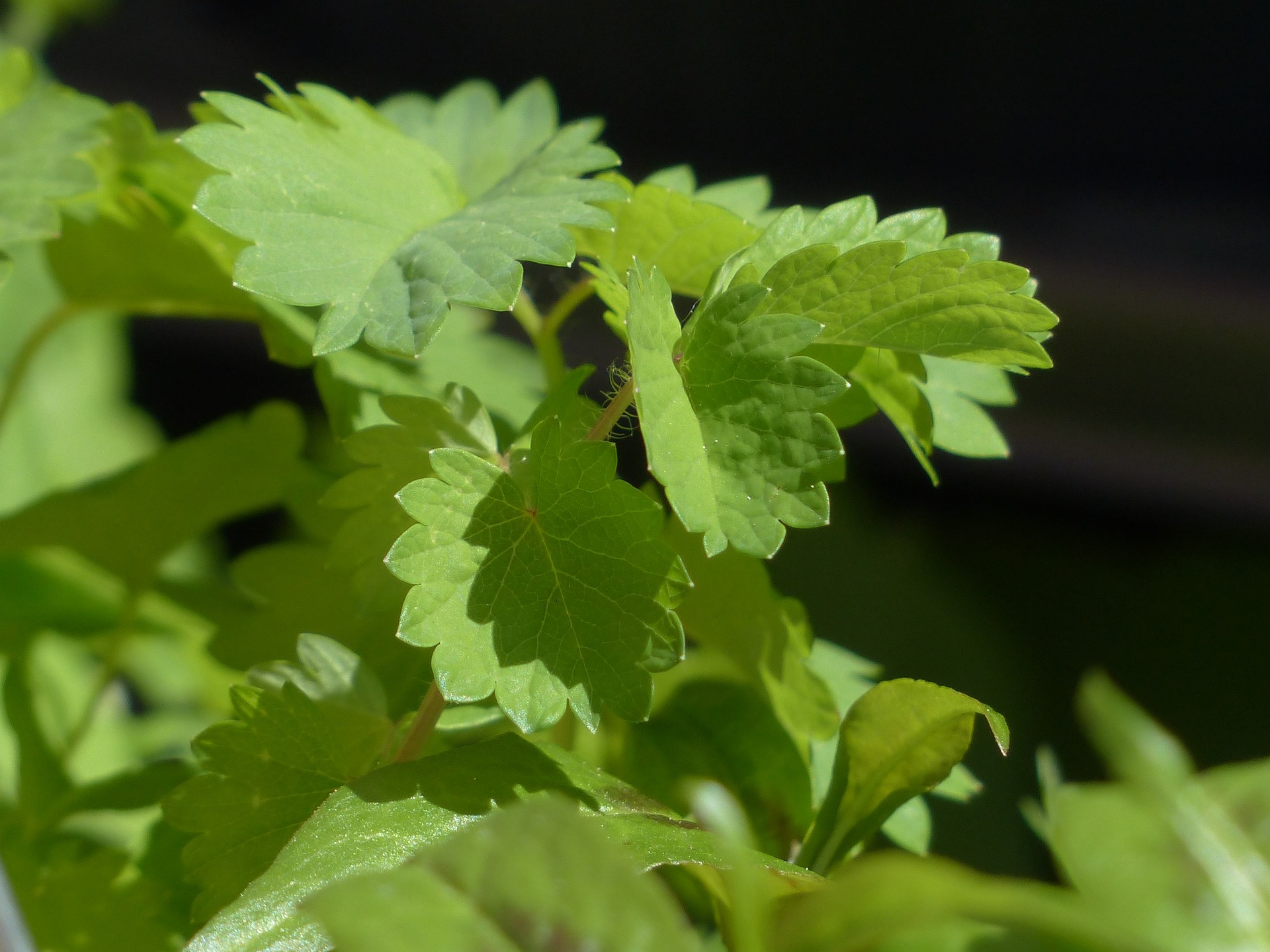
Cultivation
- Coconut soil
- Peat-free potting soil
- Hemp mats
- spray surface with water sprayer in the morning and evening if dry
Nutritional values per 100g
Steps of cultivation
- Prepare growth medium and generously moisten the surface
- Distribute seeds evenly and avoid partial accumulations, moisten
- Cover and weigh down with any cover (e.g. a paving stone)
- Germination occurs in 7 - 10 days
- Remove cover and transfer to aquaponics system
- After 17 to 20 days, the ripe microgreens can be harvested
- Details
- Parent Category: Biology
- Category: Microgreens (en)
-
Also available:

Facts
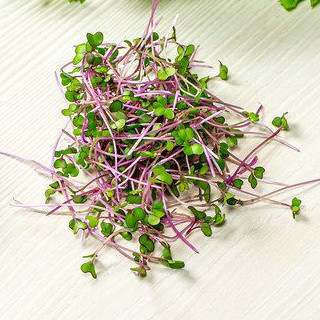
Cultivation
- Coconut soil
- Peat-free potting soil
- Hemp mats
germination
- spray surface with water sprayer in the morning and evening
Nutritional Values per 100g (Raw Asparagus Microgreens)
Steps of cultivation
- Soak seeds in cold water for 4 to 8 hours, then drain seeds
- Prepare growth medium and generously moisten the surface
- Distribute seeds evenly and avoid partial accumulations, moisten
- Cover and weigh down with any cover (e.g. a paving stone)
- Germination occurs in 2 to 5 days
- Remove cover and transfer to aquaponics system
- The ripe microgreens can be harvested after 20 to 24 days
- Harvesting should take place in the morning or evening due to cooler temperatures
Context:
- Details
- Parent Category: Biology
- Category: Microgreens (en)
-
Also available:

Facts about Barley
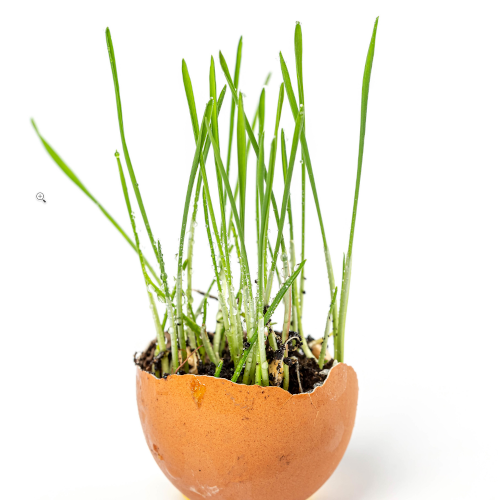
Cultivation
- Coconut soil
- Peat-free potting soil
- Hemp mats
- spray surface with water sprayer in the morning and evening
Nutritional values per 100g
Steps of cultivation
- Soak the seeds in cold water for 12 hours, then drain the seeds
- Prepare growth medium and generously moisten the surface
- Distribute seeds evenly and avoid partial accumulations, then moisten
- Cover and weigh down with any cover (e.g. a baking stone), store in a dark place
- Germination occurs in 1 - 2 days
- Remove cover and transfer to aquaponics system
- After 7 to 9 days, the ripe microgreens can be harvested
- Details
- Parent Category: Biology
- Category: Microgreens (en)
-
Also available:

Facts about Basil
Cultivation
- Coconut soil
- Peat-free potting soil
- Hemp mats
- spray surface with water sprayer in the morning and evening
Nutritional values per 100g
Steps of cultivation
- Prepare growth medium and generously moisten the surface
- Distribute seeds evenly and avoid partial clusters
- Moisten the seeds extensively with a water sprayer
- Cover with any cover and weigh it down (e.g. two bricks)
- Germination occurs in 2 - 3 days
- Remove cover and transfer to aquaponics system
- After about 20 days, the ripe microgreens can be harvested
- Harvesting should take place in the morning or evening due to cooler temperatures
- Details
- Parent Category: Biology
- Category: Microgreens (en)
-
Also available:

Facts about Beetroot
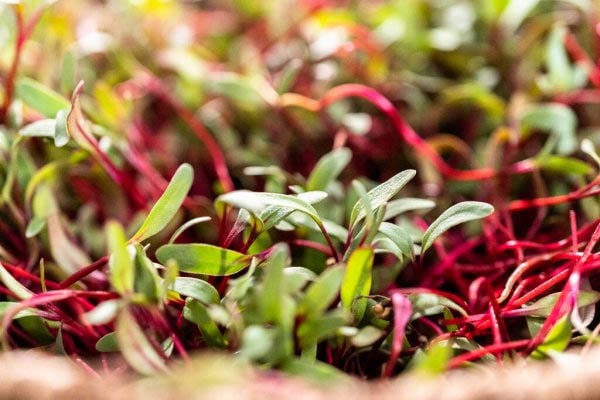
Cultivation
- Coconut soil
- Peat-free potting soil
- Hemp mats
- spray surface with water sprayer in the morning and evening
Nutritional Values per 100g (Raw)
Steps of cultivation
- Prepare growth medium and generously moisten the surface
- Distribute seeds evenly and avoid partial accumulations, coriander requires a lot of space, approx. 1 seed per cm²
- Moisten the seeds extensively with a water sprayer
- Cover with any cover and weigh it down (e.g. two baking stones), store in a dark place
- Germination occurs in 2 - 5 days
- Remove cover and transfer to aquaponics system
- After 10 to 20 days, the ripe microgreens can be harvested
- Harvesting should take place in the morning or evening due to cooler temperatures
Context:
- Details
- Parent Category: Biology
- Category: Microgreens (en)
-
Also available:

Facts about Broad Beans
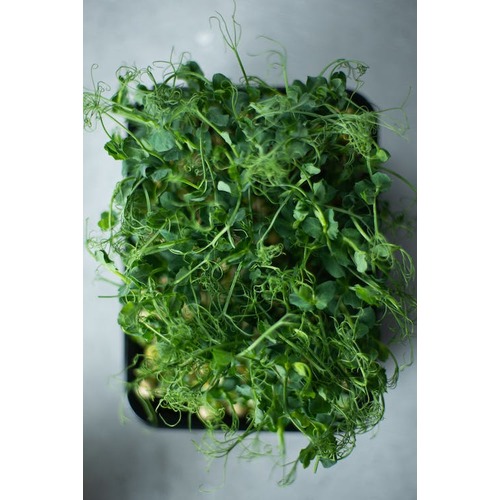
Cultivation
- Coconut soil
- Peat-free potting soil
- Hemp mats
- Flood and drain twice a day, spray surface with water sprayer in the morning and evening
Nutritional values per 100g
Steps of cultivation
- Place the seeds in a bowl of clean water to soak for 6 - 24 hours
- Prepare growth medium and generously moisten the surface
- Distribute seeds evenly and avoid partial clusters
- Moisten the seeds extensively with a water sprayer
- Cover with any cover and weigh down (e.g. two baking stones), store in a dark place
- Germination occurs in 3 - 4 days
- Remove cover and transfer to aquaponics system
- After 12 to 15 days, the ripe microgreens can be harvested
- Harvesting should take place in the morning or evening due to cooler temperatures
Image: https://www.pexels.com/de-de/foto/grunes-gemuse-auf-schwarzem-plastikbehalter-3296644/
Context:
- Details
- Parent Category: Biology
- Category: Microgreens (en)
-
Also available:

Facts about Broccoli
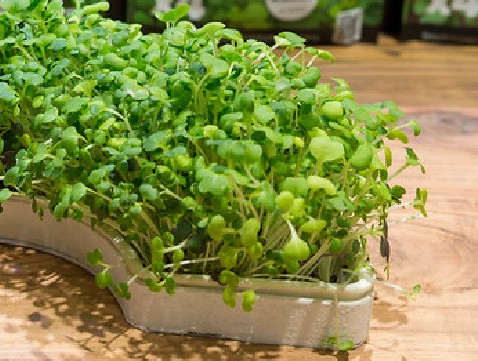
Cultivation
- Coconut soil
- Peat-free potting soil
- Hemp mats
- spray surface with water sprayer in the morning and evening
Nutritional values per 100g
Steps of cultivation
- Prepare growth medium and generously moisten the surface
- Distribute seeds evenly and avoid partial clusters
- Moisten the seeds extensively with a water sprayer
- Cover with any cover and weigh it down (e.g. two baking stones), store in a dark place
- Germination occurs in 2 - 3 days
- Remove cover and transfer to aquaponics system
- The ripe microgreens can be harvested after 7 to 14 days
- Harvesting should take place in the morning or evening due to cooler temperatures
- Details
- Parent Category: Biology
- Category: Microgreens (en)
-
Also available:

Facts about Brussels Sprouts
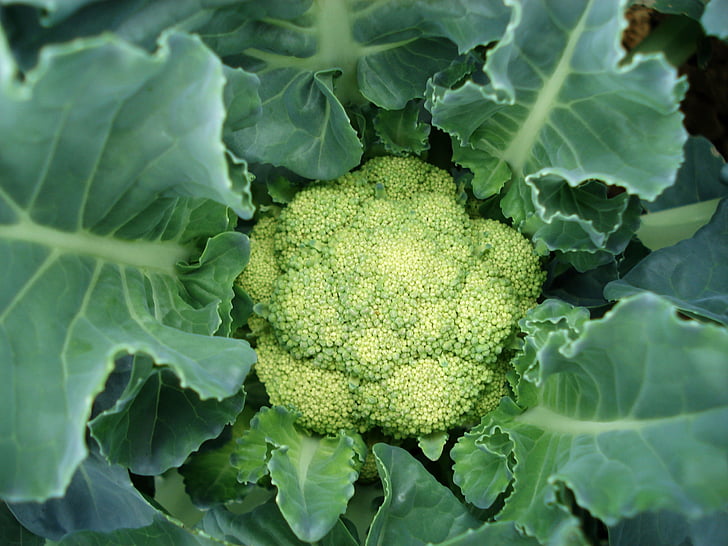
Cultivation
- Coconut soil
- Peat-free potting soil
- Hemp mats
- spray surface with water sprayer in the morning and evening
Nutritional Values per 100g (Raw)
Steps of cultivation
- Prepare growth medium and generously moisten the surface
- Distribute seeds evenly and avoid partial clusters
- Moisten the seeds extensively with water
- Cover with any cover and weigh down (e.g. 2 kg), store in a dark place
- Germination occurs in 2 - 3 days
- Remove cover and transfer to aquaponics system
- The ripe microgreens can be harvested after 8 to 12 days
- Harvesting should take place in the morning or evening due to cooler temperatures
Image: https://www.hippopx.com/en/cauliflower-plant-vegetable-210296
Context:
- Details
- Parent Category: Biology
- Category: Microgreens (en)
-
Also available:

Facts about Buckwheat
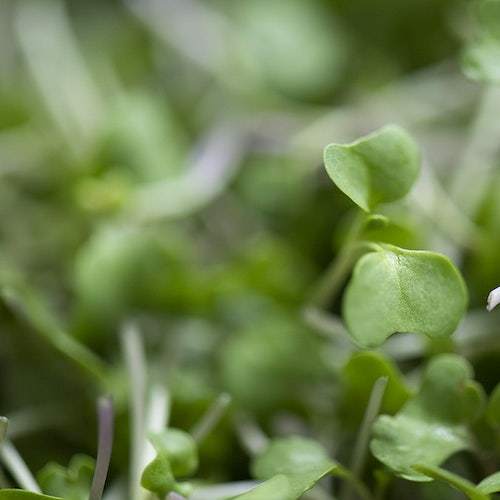
Cultivation
- Coconut soil
- Peat-free potting soil
- Hemp mats
- spray surface with water sprayer in the morning and evening
Nutritional Values per 100g (Microgreens)
Vitamins & Minerals per 100g (Microgreens)
Steps of cultivation
- Place the seeds in a bowl of cold water to soak for 12 hours
- Prepare growth medium and generously moisten the surface
- Distribute seeds evenly and avoid partial clusters
- Moisten the seeds extensively with a water sprayer
- Cover and weigh down with any cover (e.g. a baking stone), store in a dark place
- Germination occurs in 2 - 3 days
- Remove cover and transfer to aquaponics system
- After 7 to 9 days, the ripe microgreens can be harvested
- Harvesting should take place in the morning or evening due to cooler temperatures
Image: Free Vectors, PNGs, Mockups & Backgrounds - rawpixel
Context:
- Details
- Parent Category: Biology
- Category: Microgreens (en)
-
Also available:

Facts about Carrots
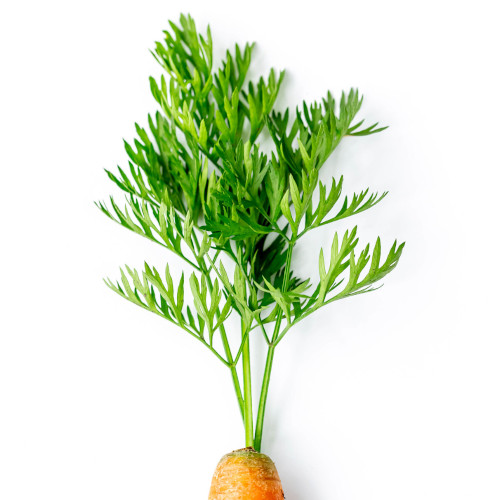
Cultivation
- Coconut soil
- Peat-free potting soil
- Hemp mats
- spray surface with water sprayer in the morning and evening
Nutritional values per 100g
Steps of cultivation
- Prepare growth medium and generously moisten the surface
- Distribute seeds evenly and avoid partial accumulations, moisten
- Cover with any cover and weigh it down lightly (e.g. a paving stone)
- Germination occurs in 2 - 3 days
- Remove cover and transfer to aquaponics system
- The ripe microgreens can be harvested after 8 to 14 days
- Details
- Parent Category: Biology
- Category: Microgreens (en)
-
Also available:

Facts about Cauliflower
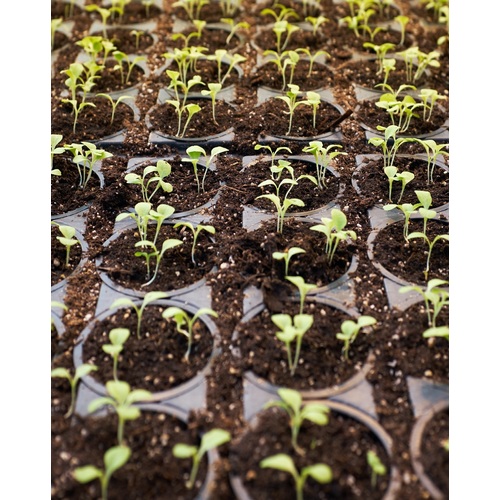
Cultivation
- Coconut soil
- Peat-free potting soil
- Hemp mats
Nutritional values per 100g
Steps of cultivation
- Prepare growth medium and generously moisten the surface
- Distribute seeds evenly and avoid partial accumulations, moisten
- Cover and weigh down with any cover (e.g. a paving stone)
- Germination occurs in 2 - 3 days
- Remove cover and transfer to aquaponics system
- The ripe microgreens can be harvested after 8 to 12 days
- Harvesting should take place in the morning or evening due to cooler temperatures
- Details
- Parent Category: Biology
- Category: Microgreens (en)
-
Also available:

Facts about Celery
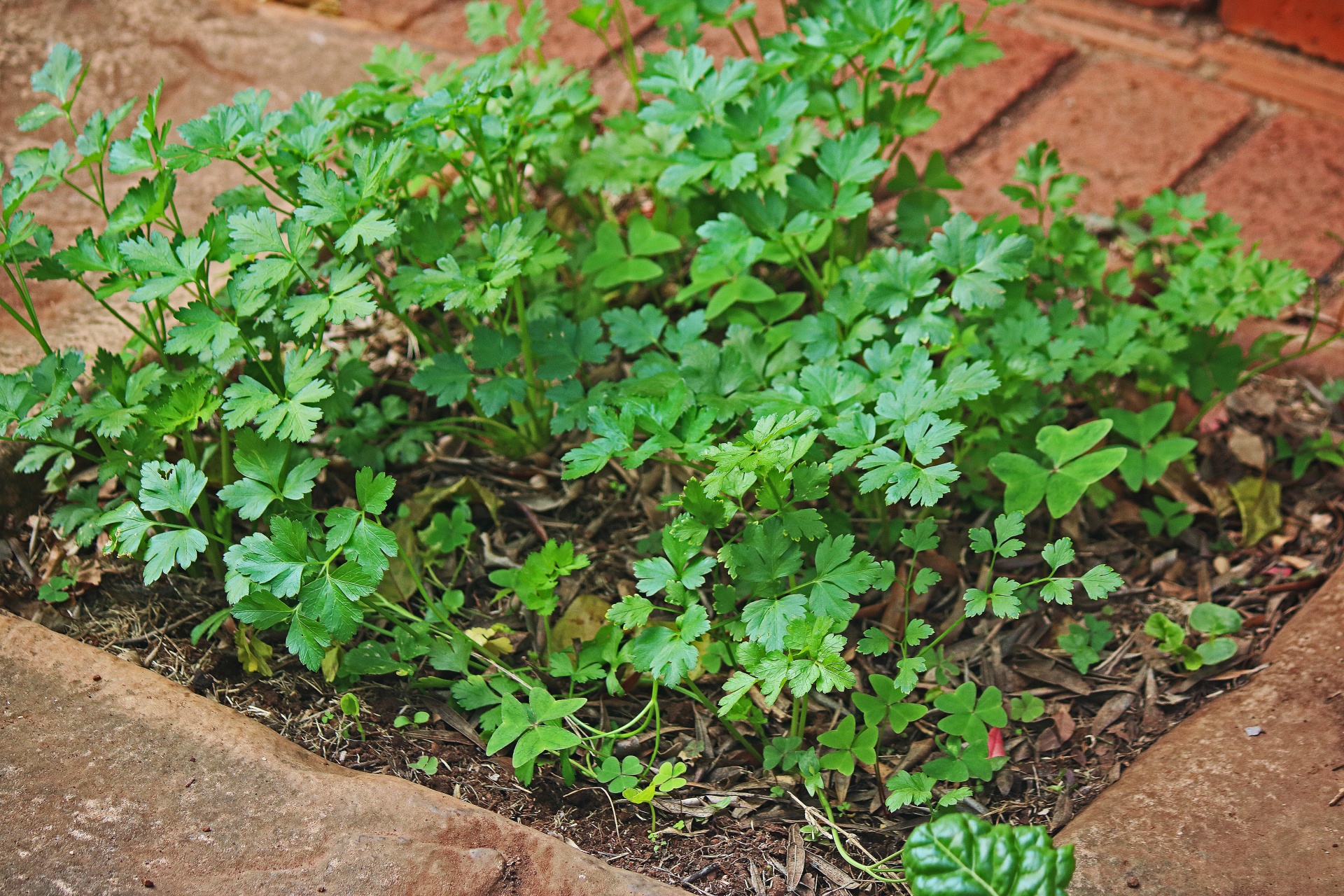
Cultivation
- Coconut soil
- Peat-free potting soil
- Hemp mats
Nutritional values per 100g
Steps of cultivation
- Place the seeds in a bowl of clean water to soak for 24 - 48 hours
- Prepare growth medium and generously moisten the surface
- Distribute seeds evenly and avoid partial clusters
- Moisten the seeds extensively with a water sprayer
- Cover and weigh down with any cover (e.g. a baking stone), store in a dark place
- Germination occurs in 7 - 14 days
- Remove cover and transfer to aquaponics system
- After 21 to 30 days, the ripe microgreens can be harvested
- Harvesting should take place in the morning or evening due to cooler temperatures
Context:
- Details
- Parent Category: Biology
- Category: Microgreens (en)
-
Also available:

